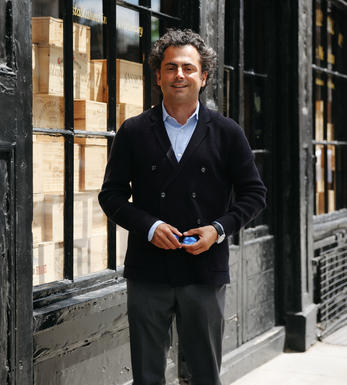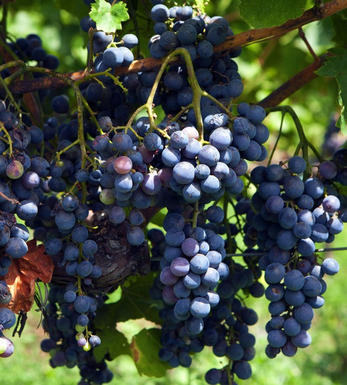
About this WINE

Graci, Sicily
Alberto Aiello Graci has been making wine on Sicily's Mount Etna since 2004, the year he returned from his apprenticeship as a Milan banker, picking up the baton with 5 hectares of family land, 2 hectares of which is vineyards (the rest polycultural activities).
The region of Etna Rosso, famous for its black lava soils and elegant red wines made from the Nerello Mascalese and Cappuccio grapes, has been undergoing a revival since 2000, lured by juicy EU grants and spectacular scenery. Once carpeted with vines - the fruit of which was allegedly used to in bulk to prop up the wines of the Langhe and of Burgundy - it has now become an artisan's playground, a mix of hobbyist and commercial winegrowers.
Alberto Graci is definitely in the latter category; his feet firmly on the ground. As the Vice President of the Consorzio, that covers 300 hectares of Etna DOC, he's forever preoccupied with the quality of the wines now being produced (at yields still as high as 65hl/ha).
His patch of heaven is part 50 year old, 8500 high density, free-standing 'alberello' vines at 1000 metres above sea level that produce naturally low yields amid the black grainy soils, part younger trained vines on flatter, lower sandier terra. He prefers to tend his vines as naturally as possible.
Fermentation takes place in a combination of large cement and Au strian Stockhinger oak of 42hl, at ambient (30-35 celsius) temperatures, using wild yeast, before moving the wine into slightly smaller Gamba barrels. He seeks the reductive quality of large oak, that captures the character of the soil and fruit, rather than the stylistic effects of micro-oxygenation brought by French barriques.
Alberto debuted his Etna Rosato (100% Nerello Mascalese) with the 2013 vintage, partnering the earlier drinking smoky red Etna Rosso, the more structured, wilder berried Quota 600 (from vines 600 metres up - a 500 case production of only Nerello Mascalese and Cappuccio, lush and lithe), the high thrills of his Quota 1000 and the minerally citrus Etna Bianco Contrada Arcuria (made from 100% Carricante).

Nerello
The Nerello grape is primarily grown on the Italian island of Sicily, specifically in the Mount Etna region. It produces two primary varieties: Nerello Mascalese and Nerello Cappuccio; both have gained attention in recent years for their role in delivering high-quality, unique wines that reflect their volcanic terroir.
Nerello Mascalese: The dominant grape variety in the Mount Etna region, Nerello Mascalese is known for producing wines with intense aromatics, bright acidity, and a light to medium body. The grapes are thin-skinned, contributing to the wine’s elegant and pale colour. The wines typically have flavours of red berries, sour cherry, cranberry, and sometimes floral notes, with the potential to age well, developing more complex and tertiary flavours over time. As the vines grow on volcanic soils, the wines can also have a distinct minerality and earthiness.
Nerello Cappuccio: Often blended with Nerello Mascalese, Nerello Cappuccio is typically less prominent and used in smaller proportions, although it can contribute darker fruit flavours, more structure, and deeper colour to the final wine.
Due to their vibrant acidity and medium body, Nerello wines are versatile with food. They pair well with various dishes, including grilled meats, roasted vegetables, tomato-based sauces, and seafood.



Buying options
Add to wishlist
Description
One look and taste of this authentic, volcanic red wine from the slopes of Sicily’s Monte Etna will tell you why the region’s wines were once prized by Burgundian and Barolo producers alike for their class when added together! Indeed there’s something so Nuits Village about this 2011 vintage. The focussed nose, a vivid one of smoky, raspberry essence, gentle and generous, yet with intent (like Alberto).
To taste: a lava flow of molten, medium/full bodied rasp/strawberry coulis, impeccably turned out (ditto Alberto!), chiselled, only 13.5% abv, and brimming with ‘drink me’ freshness and verve. Long and tapered, it’s surely Monte Etna’s most masterful, true expression of the magical Nerello Mascalese grape – the focus on the fruit not on any oak! His best yet? Bravo Don Alberto! Drink with game.
David Berry Green
wine at a glance
Delivery and quality guarantee